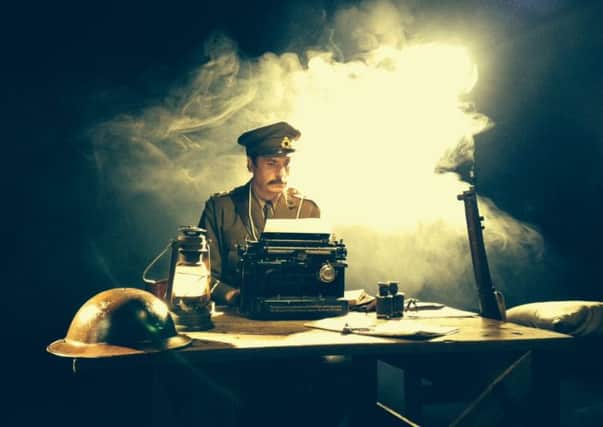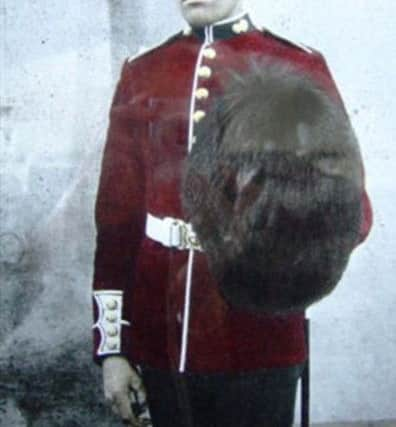Bravery of Victoria Cross winning First World War soldier to be remembered in new Find Your Hero video


Private Edward Barber, who fought with the 1st Battalion of the Grenadier Guards, was born at 40 King Street, Tring, on June 10, 1893.
Private Barber features in the Friday, April 16, 1915, edition of The London Gazette in a piece that describes how he came to be awarded the Victoria Cross.
Advertisement
Hide AdAdvertisement
Hide AdThe report describes how he ‘ran speedily’ in front of his grenade company and threw bombs on the enemy with such effect that many surrendered immediately.


The records say: “When the grenade party reached Private Barber they found him quite alone and unsupported with the enemy surrendering all about him.”
The brave act that won him his VC came during the Battle of Neuve Chapelle – a British offensive that broke through German lines in the Artois region of France.
Unfortunately he was reported missing two days later on March 14, 1915.
Advertisement
Hide AdAdvertisement
Hide AdHis body was found by Lance Corporal Fuller from the same company, according to an article on the Dacorum Heritage Trust’s website.
Fuller found a letter in Private Barber’s pocket addressed to a cousin living at Slough.
In a letter Fuller wrote to the cousin about Private Barber, he says: “While doing his duty he was picked off by a German sniper.
“The bullet penetrated his brain, death being instantaneous. Your cousin feared nothing and he was the finest man we had, both in wit and courage.”
Advertisement
Hide AdAdvertisement
Hide AdBarber’s body was never recovered and in February 1916 he was officially classified as dead.
His mother told a London journalist: “Of course, we are very proud, but I can’t bear to lose my boy. What is the Victoria Cross to the loss of my son?”
The London Gazette’s Find Your Hero service at www.the gazette.co.uk allows people to look for the stories of First World War soldiers from their area. If they have won awards, they will come up when you search between the dates that the conflict begun and ended.
The video to promote the service by the public records newspaper will be released later this week.
Advertisement
Hide AdAdvertisement
Hide AdCommissioning editor for The London Gazette Liam Tarry said: “We were looking for some of the bravest acts from the guys in the trenches for our video.
“Private Barber stood out not just for rushing out there, but staying there completely alone and throwing everything into the defeat of the German army.
“I was very impressed by what he did. He encompasses everything that the VC stands for - which is essentially valour in the face of the overwhelming odds against you.”
Commemorative wording was recently added to Barber’s Walk - a Tring street named after Private Barber in 1965.
Advertisement
Hide AdAdvertisement
Hide AdThe idea was brought forward by councillor Christopher Townsend after being suggested at Tring Town Council’s annual public meeting earlier this year.
Private Barber was educated at Tring National Schools and had been a member of the Tring Company No 196, Church Lads’ Brigade at St Peter & St Paul Church.
He was employed as a bricklayer’s labourer until he enlisted in October 1911. He went to France with his Battalion on October 6, 1914.
The VC was presented to his mother by King George V at Buckingham Palace on November 16, 1915.
Advertisement
Hide AdAdvertisement
Hide AdThree of Private Barber’s brothers also served in the Great War - including Ernest, who died from his wounds and the effect of mustard gas in 1920. Ernest is buried in Tring Cemetery.
Private Barber’s story will also form part of a new book - Victoria Crosses on the Western Front August 1914 – April 1915, Mons to Hill 60 by Paul Oldfield.